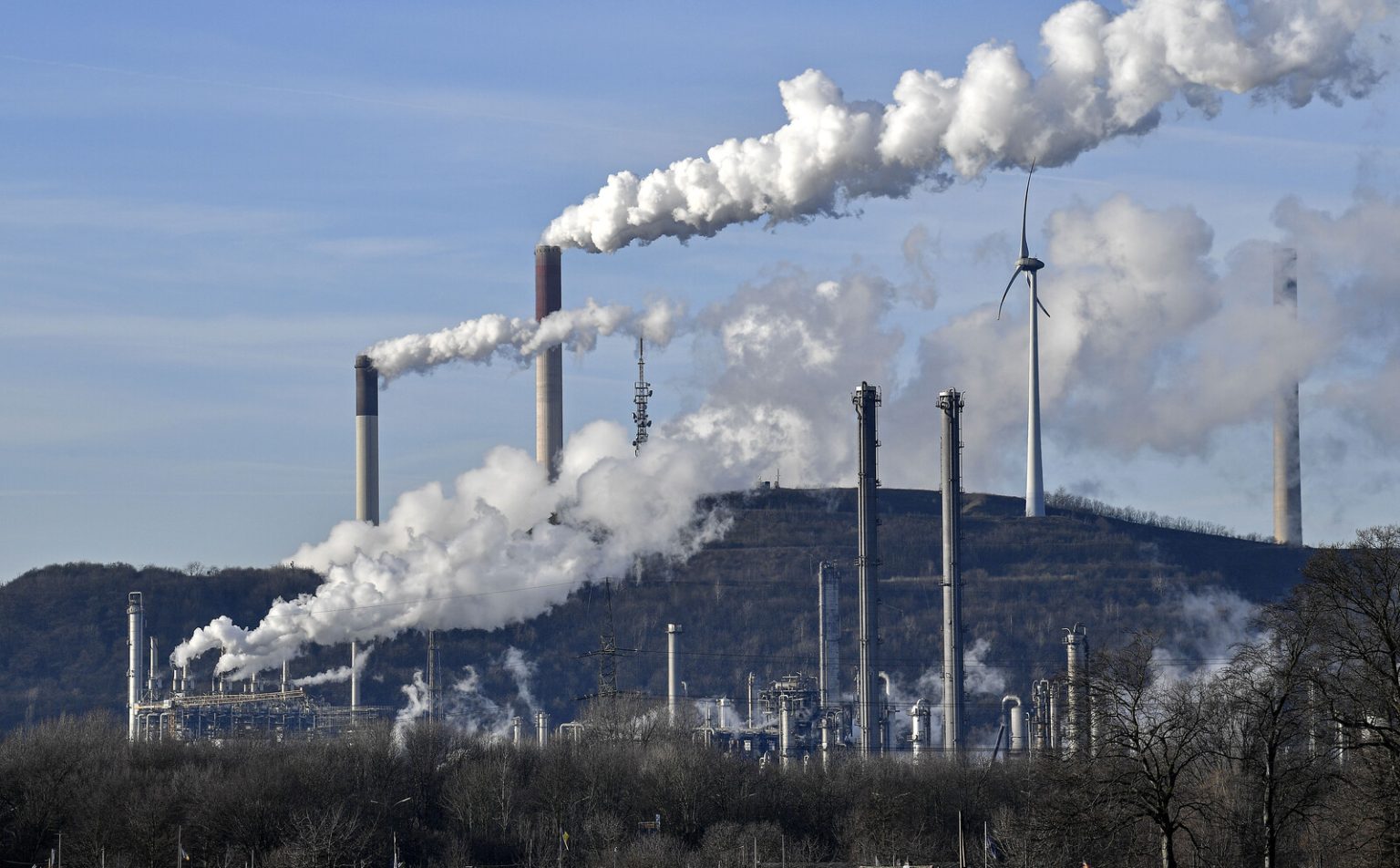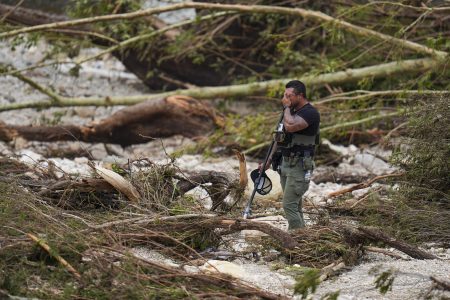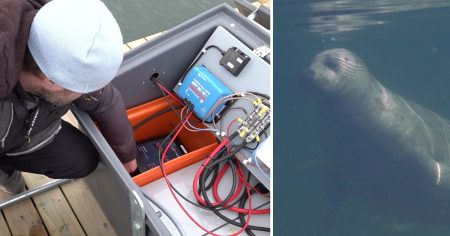Germany, the European Union’s largest economy, finds itself in a precarious energy situation. Having phased out nuclear power, the country relies heavily on renewable energy sources, making it particularly vulnerable to periods of low wind and solar generation, known as ”Dunkelflaute.” This reliance necessitates the use of expensive gas- and coal-fired power plants as backup, driving electricity prices to record highs. Recently, prices surged to over 1,000 euros per megawatt-hour, significantly exceeding the peaks experienced during the 2022 energy crisis. This volatility not only impacts German consumers and industries but also ripples through interconnected electricity markets, influencing prices in neighboring countries like Denmark and southern Sweden. Germany’s energy policy decisions have created a challenging balancing act between its ambitious renewable energy targets and the need for reliable and affordable power.
The stark contrast between Germany and France highlights the complexities of Europe’s energy transition. While Germany grapples with the limitations of intermittent renewable sources, France, the EU’s second largest economy, benefits from a robust nuclear power infrastructure. With nuclear power generation at a five-year high, France enjoys greater price stability and energy security, even during periods of high demand, such as cold winter days. The French electricity prices, while elevated, remain within typical winter ranges, underscoring the role of nuclear power as a reliable baseload source. This divergence in energy strategies between the two economic powerhouses underscores the ongoing debate within the EU regarding the optimal path to a sustainable energy future.
The interconnectedness of European electricity markets means that price fluctuations in one country can impact others. Germany’s high electricity prices, driven by its dependence on fossil fuel backups during periods of low renewable generation, are spilling over into neighboring markets, particularly Denmark and southern Sweden. This interconnectedness underscores the need for greater regional cooperation and investment in cross-border transmission infrastructure to mitigate the impacts of price volatility. A more integrated European energy market could facilitate the sharing of resources and help balance supply and demand across the continent, reducing vulnerability to price shocks.
The current energy situation in Europe highlights the challenges of transitioning to a low-carbon future. While renewable energy sources are crucial for reducing greenhouse gas emissions, their intermittency requires careful planning and investment in supporting infrastructure. Energy storage technologies, such as batteries and pumped hydro, are essential to bridge the gap between renewable generation and demand, ensuring a stable and reliable power supply. Furthermore, the development of smart grids can optimize energy distribution and improve efficiency. These investments are critical to avoiding situations like Germany’s, where reliance on expensive fossil fuel backups undermines the economic and environmental benefits of renewable energy.
The example of France demonstrates the potential role of nuclear power in providing a stable baseload energy source during the transition to a low-carbon future. Nuclear power, while controversial due to safety and waste disposal concerns, offers a reliable alternative to fossil fuels and can complement renewable energy sources. The debate surrounding nuclear power continues within the EU, with some countries, like France, embracing it as a key component of their energy mix, while others remain hesitant. A comprehensive and nuanced assessment of all available energy options, considering both their advantages and disadvantages, is essential for developing a sustainable and secure energy future.
Expert analysis suggests that Europe has yet to achieve the necessary level of production capacity and energy storage to navigate the transition to renewable energy smoothly. Daniel Muir, an analyst at S&P Global Commodity Insights, points to the current price volatility as evidence of this gap. The need for increased investment in renewable energy infrastructure, coupled with advancements in energy storage technologies, is paramount to avoid future price spikes and ensure a reliable and affordable energy supply. Furthermore, a greater emphasis on energy efficiency measures can reduce overall demand and lessen the strain on the power grid. This holistic approach, encompassing generation, storage, and demand-side management, is crucial for achieving a sustainable and secure energy future for Europe.














